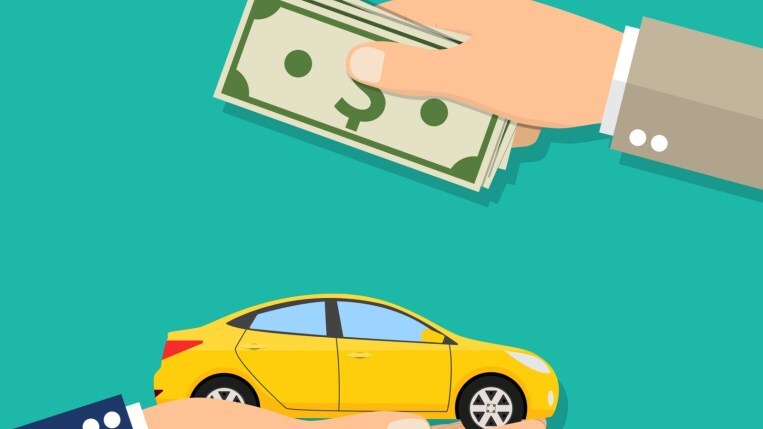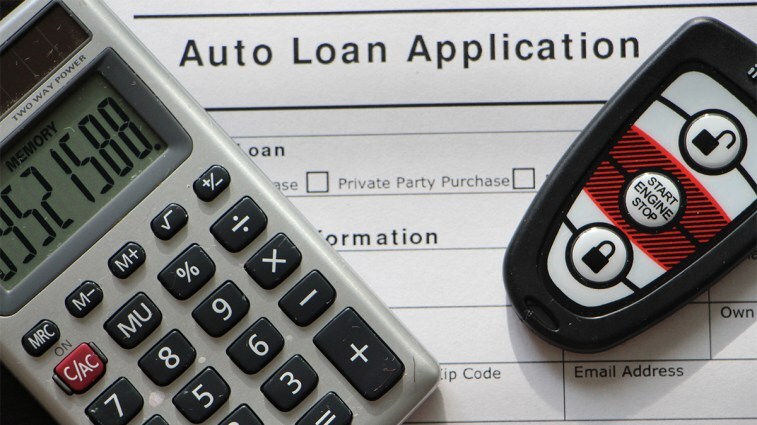
Quick Facts About Car Down Payments
- Plan on a down payment of at least 20% of the total.
- The more money you put down, the more you’ll save in interest charges over the life of the loan.
- Putting down less money often results in a higher interest rate, except in the case of “zero down” finance offers.
- Don’t put down any more money than is required when leasing, as excess amounts are not refunded in the event of an accident or theft.
You have spent months narrowing the search for a new car to just one model. You’re aware of what price to expect and know which car dealers have good reputations. But one thing is nagging you: What is the right amount of money to use as a down payment if you decide to buy or lease that vehicle?
- What Is a Down Payment on a Car?
- What Is the Average Car Down Payment?
- Why a Down Payment Matters
- Can I Buy a Car Without a Down Payment?
- Considerations Before Making a Down Payment
- Look At Your Overall Finances
- Car Down Payment Tips
What Is a Down Payment on a Car?
A down payment is a lump sum of cash you pay upfront that goes toward the cost of an asset — in this case, a vehicle. One of the key functions of a down payment is to help protect the finance company’s risk. When a buyer hands over $1,000, $2,000, or $5,000 at the beginning of an auto loan, it makes far less financial sense for that buyer to walk away after a couple of payments. In the case of a new car purchase, it helps cover the immediate depreciation that occurs when a car turns from new to used as soon as it’s driven off the lot. The bigger your down payment, the lower your monthly payments will be.
What Is the Average Car Down Payment?
Exact down payment amounts will vary according to your circumstances, but on average, 20% down is standard. We recommend using this rate as your minimum threshold when deciding the right amount. Higher down payments often help secure more favorable financing offers. You can sometimes apply less money toward the down payment, but this will translate to higher monthly payments or a longer loan term.
Why a Down Payment Matters
As mentioned above, the down payment helps protect the finance company if a buyer defaults on the loan. However, there are multiple other reasons why the down payment matters:
- Lower Loan Amount: The money you put down reduces the total amount you finance to cover the cost of the vehicle. Smaller loans are easier to pay off more quickly, and they can also command lower interest rates.
- Lower Monthly Payments: Lower interest rates mean lower monthly payments. This is a win for your budget, especially in the event of unexpected financial hardship.
- Equity: A hefty down payment can help ensure the asset is worth more than the amount you owe. This can also protect your financial stability in case you need to sell or trade in the vehicle before the loan matures.
Can I Buy a Car Without a Down Payment?
Buying a car without a down payment is possible, but it’s not recommended. Finance companies often offset the greater risk with higher interest rates, making monthly payments considerably higher. If you’re already on a tight budget, skipping the down payment often costs you more in the long run.
The general exceptions to this rule are those special “zero down” financing offers. If you finance less and get a lower interest rate, that’s double the savings.
Can I Put My Down Payment on a Credit Card?
Technically, yes. But unless you’re simply doing it for the airline miles and paying it off immediately, financing any portion of a car purchase with a credit card is generally an unwise financial move. If the dealership is willing to put the down payment on your card, they likely will require you to pay a transaction fee that could be hundreds of dollars.

Considerations Before Making a Down Payment
There are several considerations to keep in mind when making a down payment on a car.
- Credit Rating: Your credit score has much to do with the loan terms you can negotiate. Higher scores can command more favorable financing terms, even if you put less money down than the standard 20%.
- Loan Term: The “term” is the length of your financing arrangement. Terms are typically in 12-month intervals, with 24 to 60 months being the most common lengths. The higher your down payment, the easier it is to shorten the loan term.
- Monthly Payments: This arguably has the biggest impact on your budget, so if the proposed monthly payments are too high, consider adding more to your down payment.
Is It Better to Make a Big Down Payment?
A larger-than-average down payment can save you some interest charges when financing a car. But don’t dig into the emergency fund, for instance, to increase your down payment. When you really need it, having access to a couple thousand dollars is worth a lot more than saving a couple hundred bucks in interest charges over five years.
What If I Have Bad Credit?
For buyers who have poor credit ratings, a sizable down payment can help keep interest rates in check. A low credit score means lenders are taking more of a risk by entering into a finance agreement. To offset that risk, they raise the interest rates. If your interest rates are higher, one way to compensate and lower the monthly payments is by applying more money to the down payment.
Look At Your Overall Finances
Rod Griffin, director of consumer education and awareness at Experian, a consumer credit reporting agency, said you must look at your overall financial situation to determine the down payment when purchasing a vehicle. The consumer can’t just dive in and use every nickel remaining each month for that car payment.
“You have to have savings set aside for emergencies,” Griffin suggests. “When it comes to a car, I know this from experience, have an emergency fund set aside,” he said. “You want to make sure your down payment does not cut too deeply into your other savings. If you have kids or grandkids, what are their expenses? It is the whole financial picture.”
Griffin said buyers should start “setting aside money specifically for that down payment” months in advance. The more down payment you have, the less your loan will be, which helps (lower) the cost in the long run. The larger the down payment, the better. But you need to consider your overall financial situation.”
Do You Still Have to Put 20% Down on a Car?
Not that many years ago, a 20% down payment was typically required to purchase a new or used car with a loan. We highly recommend sticking to this amount. Here’s some insight into how the purchase price is determined.
The purchase price is the cost of the vehicle plus taxes, registration fees, and any other costs/fees that are required. Subtracted from the purchase cost is any rebate offered by the automaker, a trade-in (if applicable), and any money the buyer adds to the deal to lower the loan obligation, which combined make up the down payment. The buyer may be required to add money to the deal if a trade-in is unavailable or the loan institution requires a larger down payment due to the buyer’s less-than-perfect credit history.
Sometimes, a buyer may want to boost the down payment by adding several thousand dollars to the deal and reducing the amount borrowed. They may want a lower monthly payment, a shorter term, or both. In recent years, and some cases, down payment requirements for vehicles have dropped. If you choose to put less down, you risk being upside down on your loan as soon as you drive the car off the lot. It’s never a smart finance decision to owe more for an asset than it’s worth.
Down Payments on Car Loans vs. Leases
While providing the largest down payment a person can afford is recommended for purchasing a car or truck, it is a completely different story for a lease vehicle. A consumer should not provide a dollar more than what the dealer requires to lease that vehicle.
For example, suppose a parent wants to help a daughter lease a compact SUV. The vehicle requires a $2,500 down payment. The daughter realizes she can afford the $2,500 down payment, but the monthly payment is too high for her budget. So, a parent comes to the rescue and adds $4,000 to the lease deal, making the total down payment $6,500.
Let’s say that vehicle is totaled in an accident two months later. If the leased SUV is covered by GAP (Guaranteed Asset Protection) insurance and the lessee’s insurance, GAP will cover the difference between the cash value of a vehicle and the balance owed on the lease.
But what happens to the $6,500 down payment? The money is gone. We suggest not putting anything down beyond what is required at lease signing. Accept the higher monthly payment because if the car is totaled or stolen, the insurance company (and GAP) will make you whole. But you will not get the money back that you put down.
Car Down Payment Tips
- Depreciation outranks financing, insurance, and fuel costs as the biggest expense for car owners. Knowing the real costs of owning a new vehicle makes it easier to buy smart.
- Great math beats a “good deal” when it comes to car financing. That’s one of our Top 5 Facts.
- Cars last longer, so banks and credit unions are increasingly willing to finance older cars.
- A bigger down payment is just one of the ways to lower your monthly car payment.
Related Articles
- Totaled Car: Everything You Need to Know
- Hidden Finance Costs When Buying a Used Car
- Paying Cash for a Car: Consider the Pros and Cons
This article has been updated since it was originally published. Rick Kranz contributed to the report.


